If you made it through to this part of the review, then you’d already know that I would definitely give a big thumbs up to the Sony MDR-MV1 headphones. They deliver on what they promise. Their design, sound, and overall usage experience are something that a few brands are able to match. And these headphones, being priced at ₹39,990 are my new benchmark for headphones in this price range. There are certain areas where Sony needs to work on, like the highs in the sound signature of these headphones, which they need to tone down a bit. But, if you are able to work around that using a third party EQ or are looking for something like this, then definitely go ahead and invest in these headphones.
In the last few months, a few wired headphones have shown up at the Digit Test Centre. All of them have their ups and downs, but there are a few that have impressed everyone around here as the Sony MDR-MV1 headphones. These studio headphones stand out from the crowd with their excellent build, design, comfort, and performance, acing all the tests that we ran on them. There are some areas where there could have been certain improvements made to the Sony MDR-MV1. But the pros here outweigh the cons, and that too by a long, long shot.
Given that these headphones slot in at a spot that only the purists/professionals look into, evaluating them from that perspective is also something that was very interesting for us. And when you factor in the beefy price tag of ₹39,990, things get even more interesting for these headphones. Having said that, putting it through its paces was a fun experience, and the robust test process that we have in place ensured that the headphones were pushed to their limits.
Now, without wasting much time and giving you spoilers about the performance of these headphones, let’s dive into my review of the Sony MDR MV1 headphones –
Sony MDR-MV1: Build and DesignWhen I put on these headphones, only one thing came into my mind – “Damn, these are comfortable”. Weighing in at around 223 grams without the cable and slightly more with it, the Sony MDR-MV1 headphones are some of the lightest pairs of headphones that I have tested here at Digit. During my time testing these headphones, I would wear them throughout my workday without experiencing any form of discomfort.
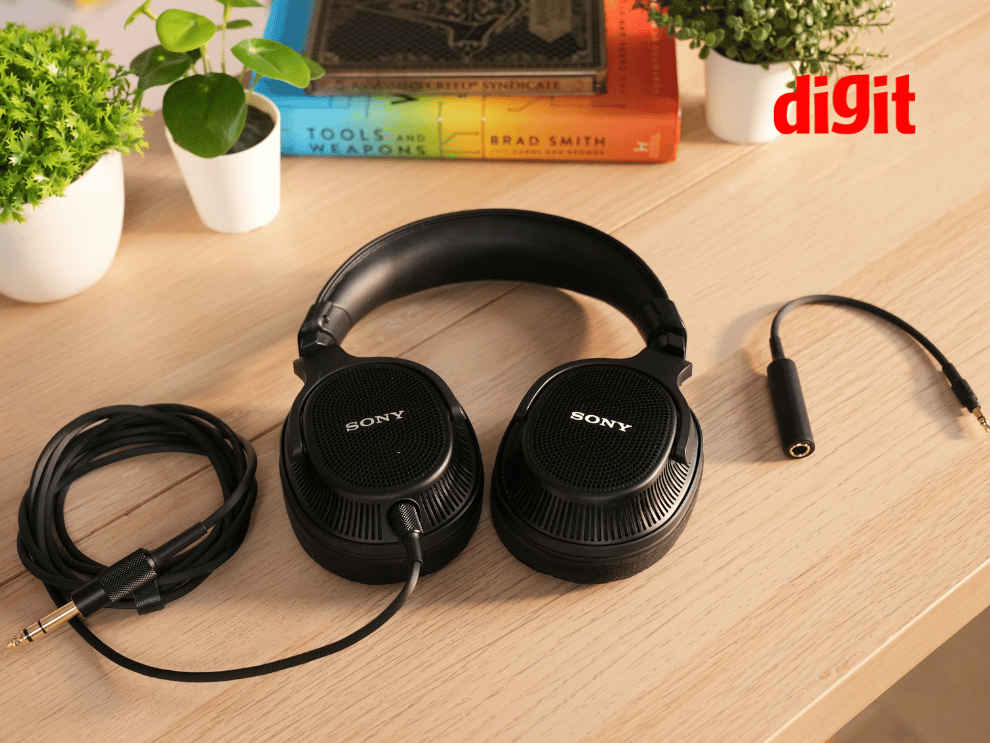
The reason I feel that Sony has been able to keep the weight of these headphones down is that they did not need to pack in additional tech to ensure that the drivers sound awesome. The drivers have been tuned almost to perfection, and the efforts of the development team not only show in the performance but also in the weight and overall feel of the headphones.
I have prescription glasses, and my head size is slightly on the larger side. But neither of these things, which generally affect my usage experience negatively, came into play with the Sony MDR-MV1 headphones. When you would look at the headphones, you will feel that the headband, for instance, is not padded enough. But the padding that these headphones have, coupled with their weight, ensures that the robust metal headband does not dig into your skull. The memory foam padding on the earcups also adds to the experience of using these headphones. We have seen in the past that memory foam and the faux leather that has been used in the headband degrade over time, but with proper care, it should last a while.

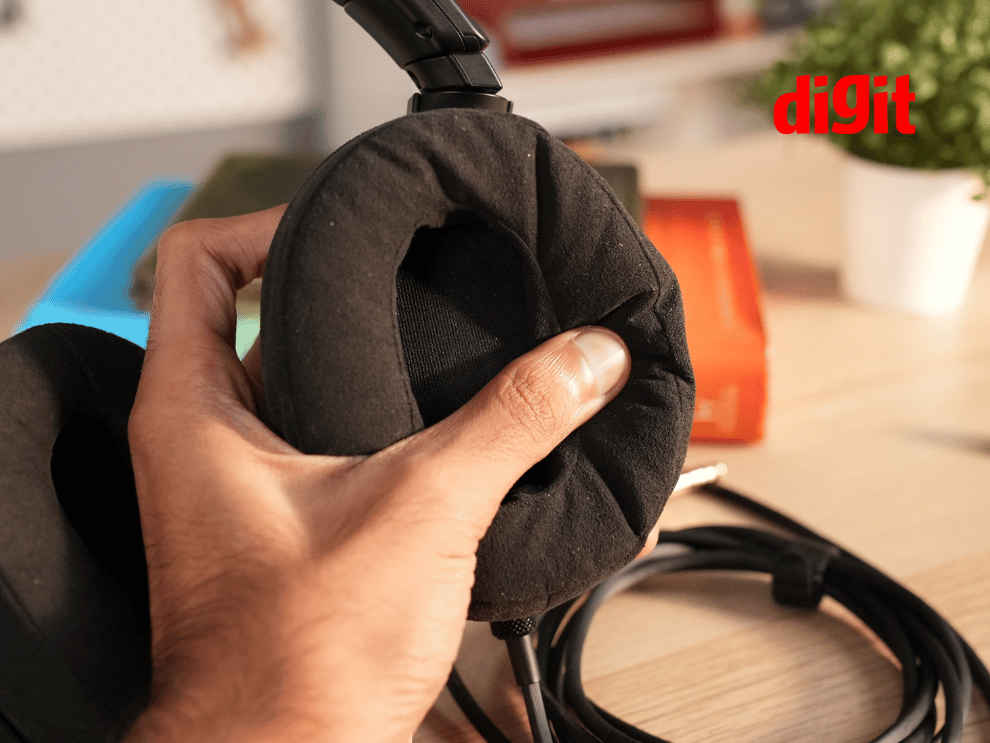
The swivel on the earcups ensures that these sit flush and prevent a LOT of sound leaks which is inevitable, given the open-back nature of these headphones. It also ensures that the drivers are also positioned in a way in which they deliver sound in the most optimal way possible to your ears.
As for the materials, there is quality all around. The metallic headband, backed by a plastic lining, let me twist and turn these headphones all that I wanted. The shell of the earcups, which is also metallic, adds to the durability of the headphones. The slits in the casing might catch some gunk over time, but you can brush it off easily. The branding on these headphones is present but subtle.
The 3.5 mm connector, the cable, and the 3.5 mm to quarter-inch adapter also carry the same premium build and feel as the rest of the headphones. The attachment point of the cable on the earcups has been threaded to allow the 3.5 mm jack to be held in place by a screw-on casing that is there around it. And the metallic casing on the other end, which has the quarter-inch jack, is also metallic, with both the jacks being gold plated.
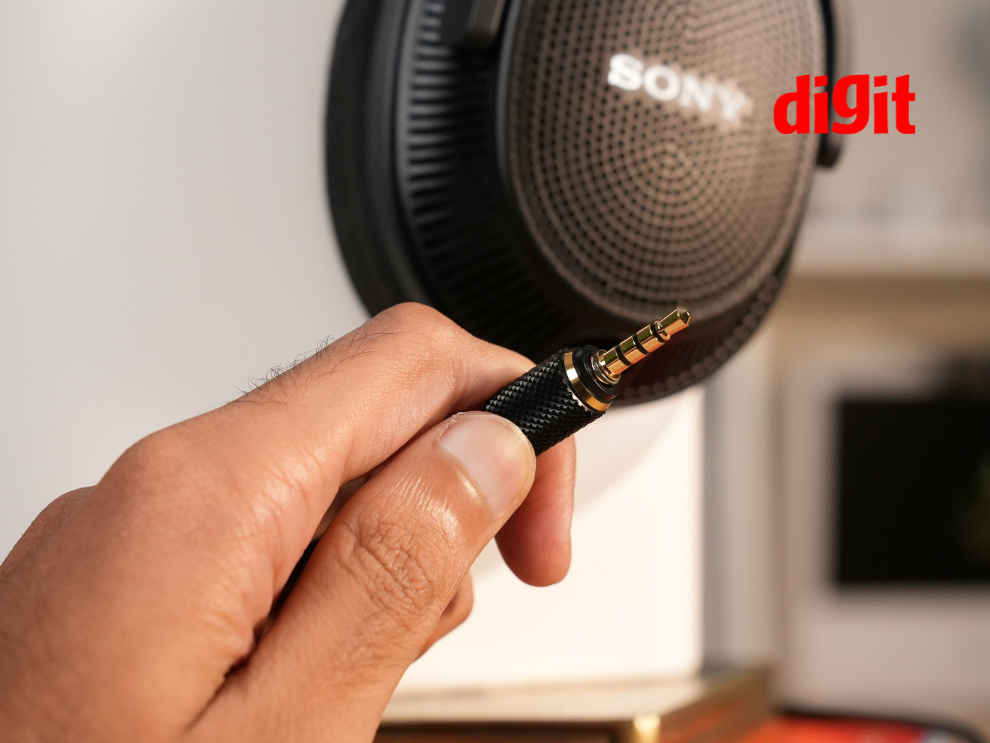
The 2.5-metre cable, which is the longest I’ve seen in a while, has a thick rubberised outer layer shielding the inner wires. The presence of braiding on the cable also ensures that it is tangle resistant, which means that when you are on the go, you will not be held up untangling the cable once you pull these out of your backpack.
While on the topic of travelling, don’t expect these headphones to fold into a small package that you can stuff in your backpack. As is the case with almost every other professional-grade headphone meant for use in a studio space, the Sony MDR-MV1 do not fold much. The most you can do is fold the earcups to make them flat, but that’s about it. So, I would recommend that you get yourself a nice hard case if you plan to travel with these headphones.
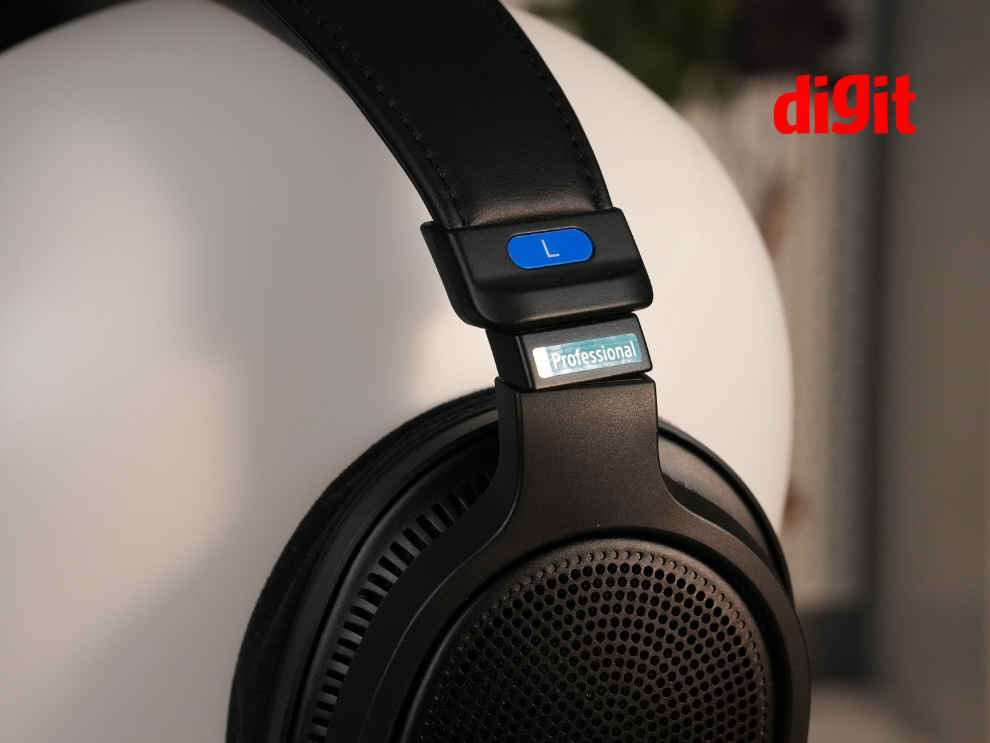
Normally, at this point, I move on to the features section of the review. But, these headphones do not come packed with a LOT of features. There is Spatial sound creation as advertised by Sony, but if you are a professional working in a studio environment, then you would seldom make use of this. When I tried it out, I could feel the difference in the staging of the audio around me.
Sony MDR-MV1: PerformanceThis is where the Sony MDR-MV1 headphones shined through in all their glory. As we have come to expect from Sony’s audio products, the sound signature is well-balanced for the most part and is ahead of its competition when it comes to the overall experience. In fact, their TWS earbuds, the WF-1000XM4, have been the go-to for many here at the Test Centre ever since they were released.
Now, given the use case of these headphones, the tuning of the 40 mm drivers had to be done very carefully to ensure that there is just the right amount of colouration of the audio. And Sony delivered. In the image below, as you can see, the graph is not flat. But when you listen to the headphones and read up on the requirements of the target audience of these headphones, you will understand why Sony tuned these headphones the way that they did.
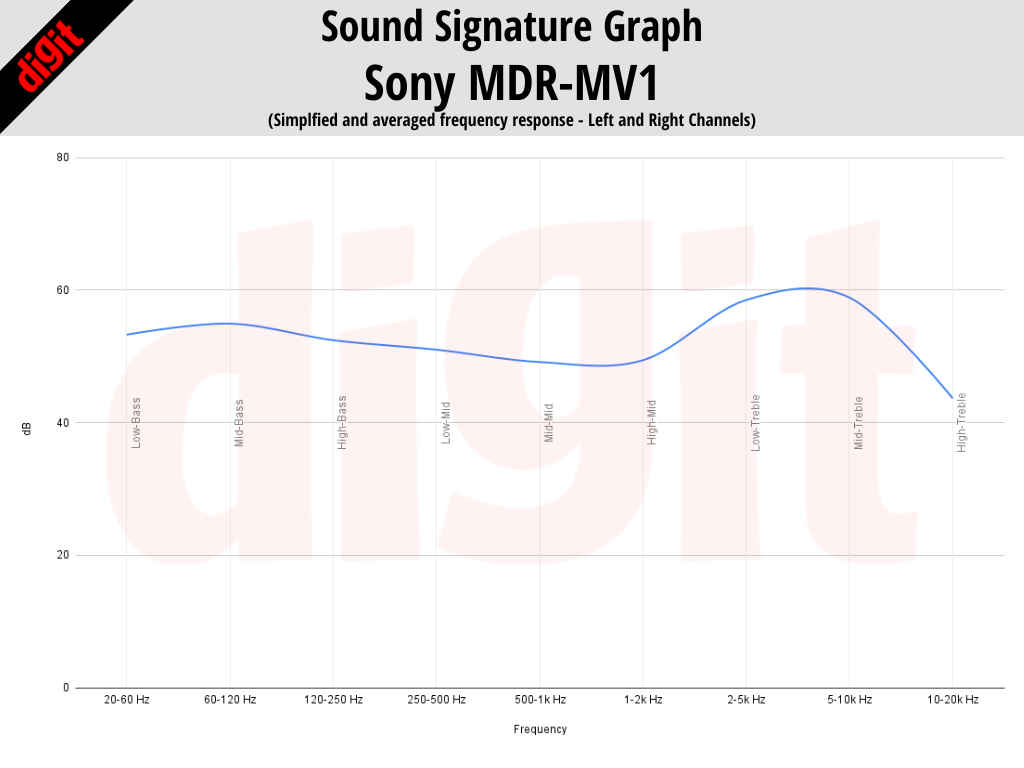
As it stands for open-back headphones, these headphones have a substantial amount of bass in their audio, which is pleasantly surprising. In the mids, these headphones come close to being neutral, with the highs being boosted again to make up for the bass response, which would otherwise eat into the metal instruments and vocals of the tracks that these are being used to master. It is done to help the person using these headphones catch all and any irregularities in the highs. And it actually does.
While this would ideally make these headphones the best of the lot, the boost in the highs does more harm than good in this case. If you have read some of our previous reviews, you would know about sibilance. This is a condition where the ‘S’ and ‘T’ notes in the sound of a pair of headphones are overly boosted, causing fatigue over long listening periods and, in some cases, headaches as well.
Sibilance is also present in the sound of these headphones, which holds them back from achieving what I would term ‘sonic perfection’.
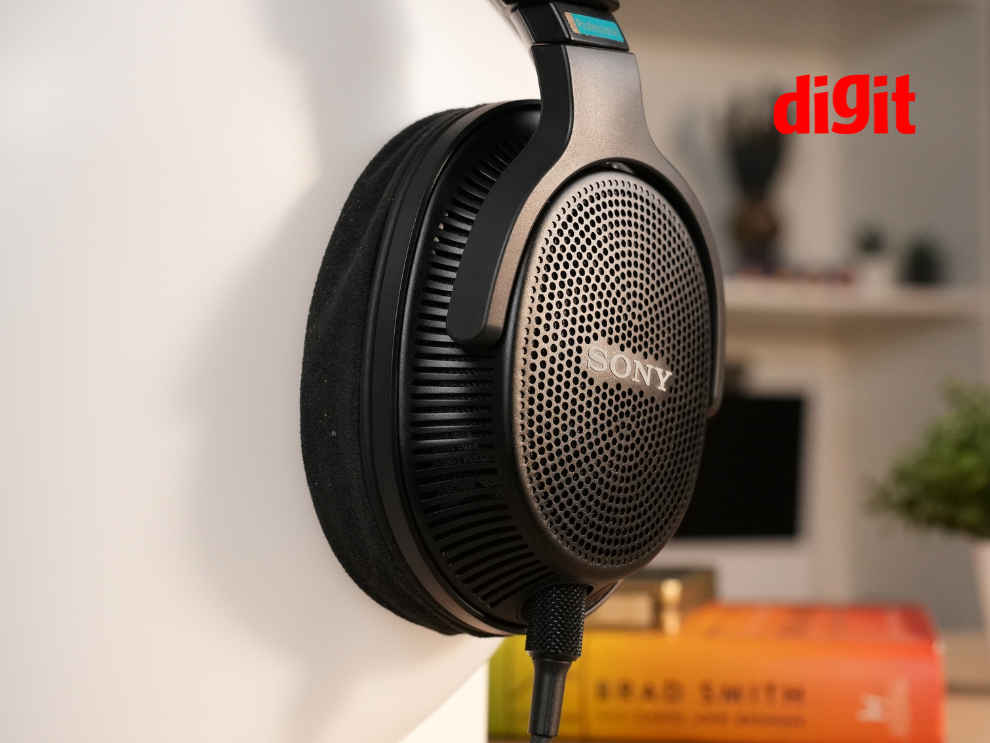
Coming back to the sound signature of these headphones, I would like to talk about the bass response a bit, before moving to the last section of the review. If you notice in the graph, there is an upwards trend in the mid to high bass section of the graph. If these were a pair of consumer headphones with a much more diverse target audience, I would have let this slide. But, given that these are geared towards professionals for whom every note needs to be represented to perfection, the bass boost is a bummer.
During playback, an untrained ear would not even notice the difference, but when you are in a mastering session, if you are not using an external EQ, then the bass in your track could end up being all over the place. In my time with the headphones, I found the response to be muddy and overwhelming in certain tracks, which I actually had to tune out after a while by using a third-party EQ.
With that said, the Sony MDR-MV1, with their tuning and a bit of adjustment done using a third-party equaliser software, make for a great performing pair of headphones. One which I can recommend to anyone looking for a pair of headphones for use in a closed studio space.
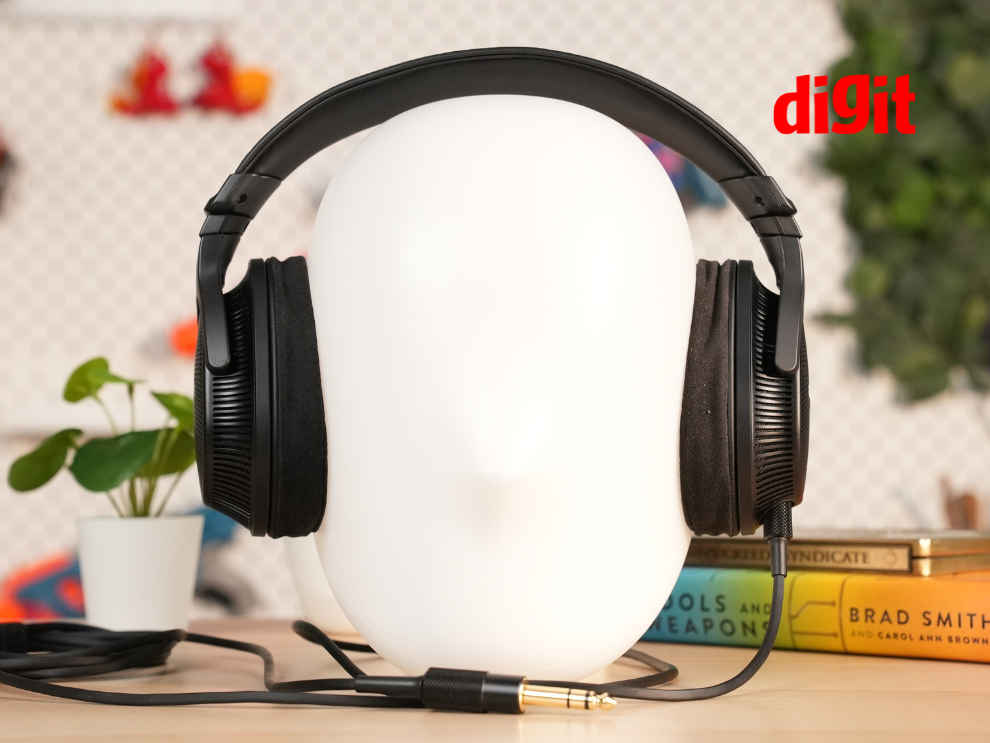
If you made it through to this part of the review, then you’d already know that I would definitely give a big thumbs up to the Sony MDR-MV1 headphones. They deliver on what they promise. Their design, sound, and overall usage experience are something that a few brands are able to match. And these headphones, being priced at ₹39,990 are my new benchmark for headphones in this price range. There are certain areas where Sony needs to work on, like the highs in the sound signature of these headphones, which they need to tone down a bit. But, if you are able to work around that using a third-party EQ or are looking for something like this, then definitely go ahead and invest in these headphones.
from Audio Video Reviews https://ift.tt/zni9g6V
https://ift.tt/cALMyvk













No comments:
Post a Comment